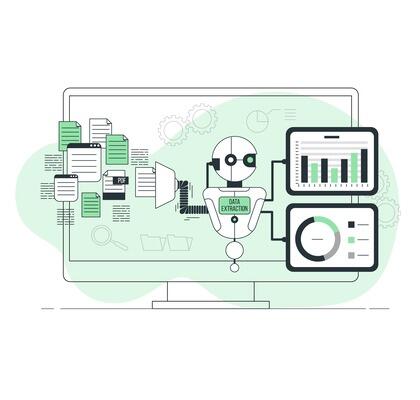Unraveling the Thread: Threads Can Replace Twitter
In today’s fast-paced digital world, social media platforms have become an integral part of our lives. Twitter, with its unique format of short and concise messages, has gained immense popularity. However, there is a rising trend that suggests threads can replace Twitter as a more comprehensive and engaging way of sharing information. In this article, we will explore the concept of threads, their advantages over traditional tweets, and their potential to revolutionize online conversations. Twitter has been a pioneer in microblogging, allowing users to express their thoughts in 280 characters or less. While this brevity has its merits, it can also limit the depth and complexity of discussions. Threads, on the other hand, offer a solution to this problem by allowing users to connect a series of tweets into a cohesive narrative. This article aims to shed light on how threads can replace Twitter as a platform for meaningful conversations. Twitter’s main strength lies in its simplicity and real-time nature. It has become a hub for breaking news, quick updates, and succinct opinions. However, due to the character limit, it can be challenging to convey complex ideas or share comprehensive information. This limitation often leads to fragmented discussions and misunderstandings. Threads have gained traction as an alternative to traditional tweets. With threads, users can break down their ideas into multiple connected messages. Each tweet in a thread is linked, allowing readers to follow the conversation seamlessly. This format encourages a more in-depth exploration of topics, providing room for nuance and detail. Threads enable users to engage in meaningful conversations by allowing them to expand on their thoughts. Users can respond to specific points within a thread, fostering dialogue and encouraging diverse perspectives. This interactive nature of threads promotes active participation and creates a sense of community. One of the significant advantages of threads is their ability to organize information in a structured manner. By dividing a topic into subtopics or sections, threads offer a clear hierarchy of ideas. This structure makes it easier for readers to follow along and comprehend complex subjects. Threads allow for the seamless integration of context and storytelling. Instead of relying on fragmented tweets, users can build a narrative by connecting related ideas within a thread. This approach enhances the overall reading experience and makes it easier to convey the intended message. Threads have the potential to foster the growth of communities around specific topics. Users with shared interests can come together, contribute their insights, and learn from one another. The threaded format encourages collaboration and strengthens connections between individuals with a common passion.
Social media is changing the way we communicate and the way we are perceived, both positively and negatively.
– Amy Jo Martin I am text block. Click edit button to change this text. Lorem ipsum dolor sit amet, consectetur adipiscing elit. Ut elit tellus, luctus nec ullamcorper mattis, pulvinar dapibus leo. The increasing popularity of threads has sparked discussions about their potential impact on Twitter as a platform. While Twitter’s concise format will always have its place, threads offer a more comprehensive alternative for users seeking in-depth conversations. The coexistence of both formats could create a more diverse and engaging Twitter experience. As threads continue to gain prominence, we can expect further advancements in their presentation and accessibility. Social media platforms might introduce dedicated features and tools to enhance the threading experience. Additionally, innovative ways of visualizing threads could emerge, making them even more engaging and interactive. Threads present a compelling alternative to traditional tweets on Twitter. By enabling users to connect a series of messages, threads offer a more comprehensive and engaging format for sharing information. With their ability to foster meaningful conversations, provide structure, and enhance storytelling, threads have the potential to replace Twitter as a primary platform for in-depth discussions.Introduction
Understanding Twitter and Its Limitations
The Rise of Threads



Advantages of Threads
Engaging and Interactive Conversations
Organized and Structured Information
Enhanced Context and Storytelling
Building a Community
Potential Impact on Twitter
The Future of Threads
Conclusion




























